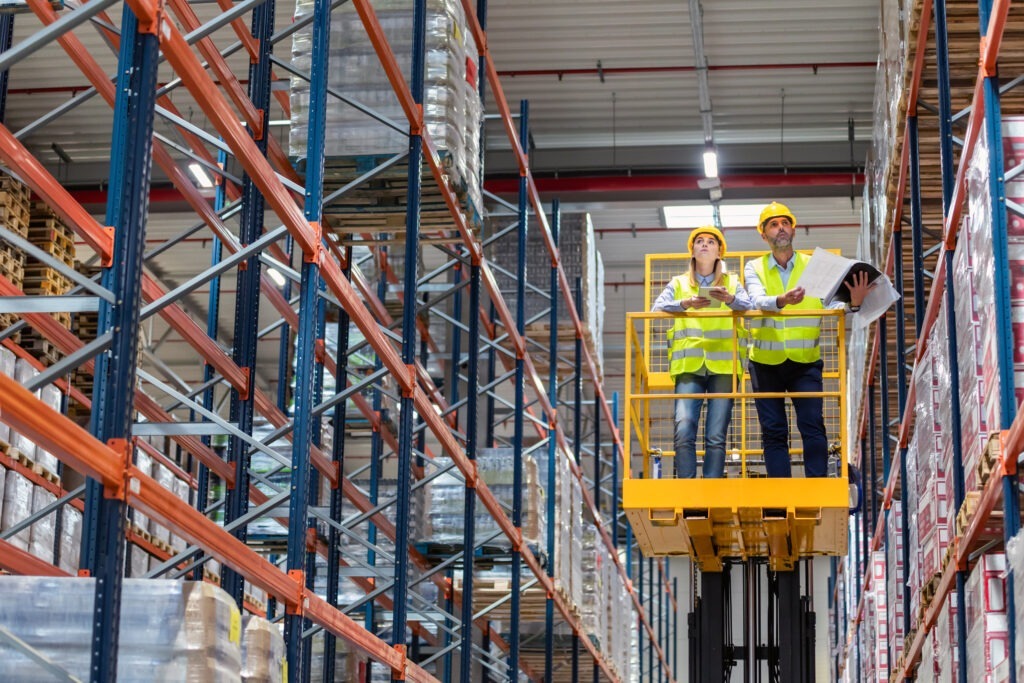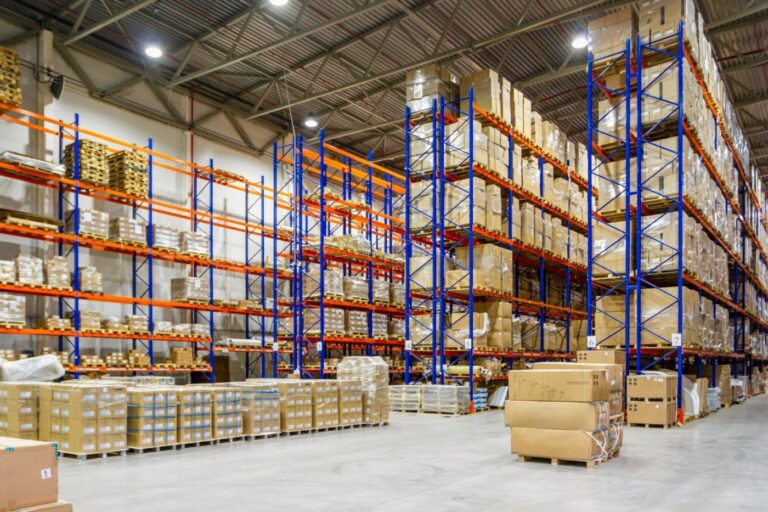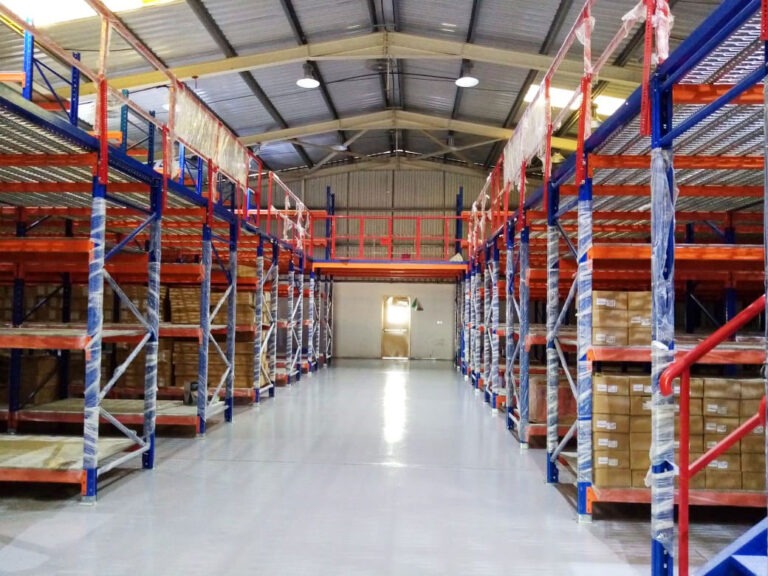In today’s fast-paced and competitive business landscape, the efficiency of warehouse operations can significantly impact overall business success. One crucial element that contributes to an organized and efficient warehouse is proper shelving. Understanding the importance of proper warehouse shelving: maximizing space and efficiency is essential for businesses looking to enhance their operations. Effective shelving systems not only help in maximizing space but also improve workflow, streamline inventory management, and ensure safety. This article delves into how proper warehouse shelving plays a pivotal role in boosting space utilization and operational efficiency, providing valuable insights for optimizing warehouse performance.

Why Proper Warehouse Shelving Matters
Warehouse shelving is not just about storing goods; it is about optimizing space, improving accessibility, and facilitating smooth operations. Proper shelving systems are essential for several reasons:
- Ensuring Safety: Safety is a primary concern in any warehouse environment. Shelving systems that are not properly installed or maintained can pose risks such as falling items or collapsed racks. Properly designed and maintained shelving ensures that items are stored securely, reducing the risk of accidents and injuries.
- Maximizing Space Utilization: Space is a valuable commodity in a warehouse. Effective shelving systems make the most of available space by using vertical and horizontal dimensions efficiently. By stacking shelves vertically and organizing them logically, businesses can store more items in the same footprint, reducing the need for additional warehouse space and lowering overall costs.
- Improving Inventory Management: An organized shelving system makes inventory management more straightforward. Shelves that are clearly labeled and arranged help in quick identification and retrieval of products. This reduces the time spent searching for items, improves stock accuracy, and minimizes the risk of errors in order fulfillment.
- Enhancing Accessibility and Workflow: Proper shelving ensures that products are easily accessible, which is crucial for maintaining an efficient workflow. Well-designed shelving systems allow for quick picking and packing, reducing the time and effort required to move items through the warehouse. This can lead to faster order processing, better customer service, and increased overall productivity.
Types of Warehouse Shelving Solutions
There are various shelving solutions available, each designed to meet different storage needs. Understanding the different types can help businesses choose the most suitable system for their requirements:
1. Pallet Racking Systems
Pallet racking systems are designed to store goods on pallets, making them ideal for warehouses with high inventory turnover. This type of shelving maximizes vertical space and allows for easy access to each pallet. Pallet racking systems come in several configurations, including selective racking, drive-in racking, and double-deep racking. Each configuration offers different benefits, such as increased accessibility or higher storage density.
2. Cantilever Racking
Cantilever racking systems are designed with arms extending from a central column, allowing for the storage of long and heavy items. This type of shelving is particularly useful for industries dealing with oversized goods that do not fit well in standard racking systems. Cantilever racks offer easy accessibility and can be customized to handle various weights and lengths.
3. Mezzanine Flooring
Mezzanine floors are a cost-effective way to increase storage capacity by adding additional levels within the existing warehouse space. This type of shelving system is particularly beneficial for businesses looking to expand their storage capabilities without relocating to a larger facility. Mezzanine floors can be used for storing goods, setting up workstations, or even office space.
Benefits of Investing in Proper Warehouse Shelving
Investing in proper warehouse shelving yields numerous benefits that contribute to overall operational efficiency:
- Increased Productivity: Efficient shelving systems streamline processes, reduce time spent searching for items, and facilitate quicker order fulfillment. This leads to higher productivity and better service levels.
- Cost Savings: By maximizing space and improving inventory management, proper shelving can reduce the need for additional warehouse space and lower operational costs. Efficient shelving also minimizes product damage, reducing associated costs.
- Enhanced Safety: Well-designed and maintained shelving systems reduce the risk of accidents and injuries in the warehouse. Safe storage practices protect both employees and inventory, creating a safer working environment.
- Scalability: Proper shelving solutions can be adapted or expanded as business needs change. Scalable shelving systems accommodate growth and evolving inventory requirements, ensuring long-term utility.
Proper warehouse shelving is a critical component of an efficient and organized warehouse. By maximizing space, improving inventory management, enhancing accessibility, and ensuring safety, businesses can achieve significant improvements in operational efficiency. Choosing the right shelving system involves evaluating space constraints, load capacities, accessibility needs, and future growth potential. Investing in quality shelving solutions not only enhances productivity but also contributes to cost savings and a safer working environment.
For businesses in the UAE looking to optimize their warehouse operations, proper shelving solutions are essential. By implementing well-designed and efficient shelving systems, companies can stay competitive in a rapidly evolving market and ensure the smooth flow of their warehouse operations.


